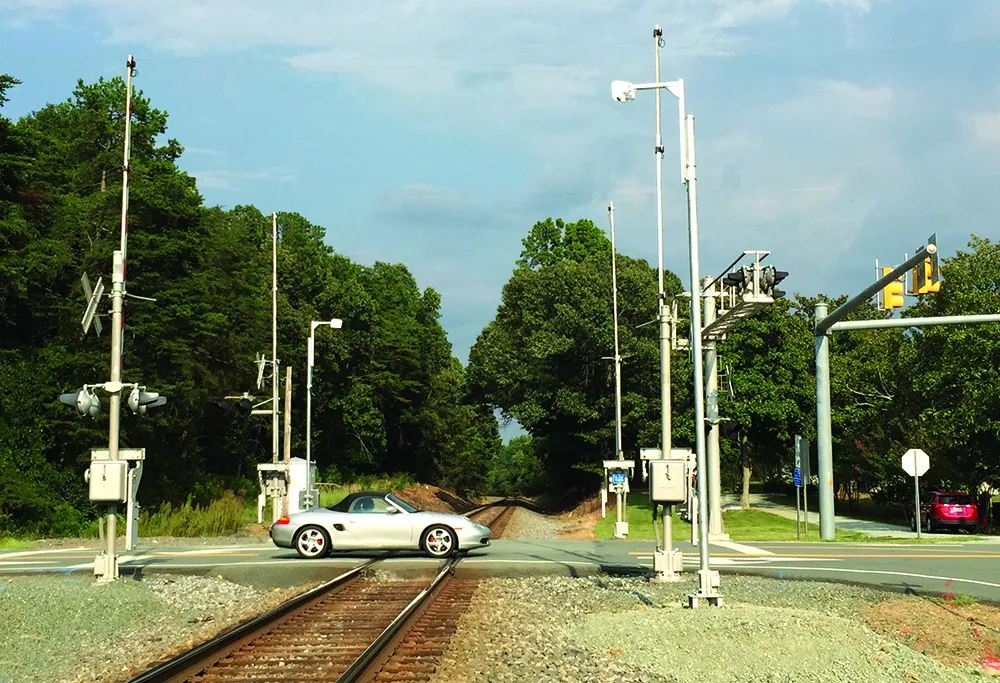US systems integrator Parsons has been selected by Metra, Chicago’s commuter rail operator, to install positive train control (PTC) technology on its commuter rail trains.
PTC, which is federally mandated, is high tech collision avoidance technology that monitors and controls train movements. It is intended to prevent train to train collisions, over-speed derailments, incursions into established work zones, and movement of trains through a main line switch left in an improper position.
As prime contra
September 7, 2015
Read time: 1 min
US systems integrator 4089 Parsons has been selected by Metra, Chicago’s commuter rail operator, to install positive train control (PTC) technology on its commuter rail trains.
PTC, which is federally mandated, is high tech collision avoidance technology that monitors and controls train movements. It is intended to prevent train to train collisions, over-speed derailments, incursions into established work zones, and movement of trains through a main line switch left in an improper position.
As prime contractor, Parsons will work with Metra to install an interoperable electronic train management system that will be interoperable with twelve railroads, integrating the complex system of locomotive mounted Global Positioning System devices, radios, trackside antennas, and computers.
Todd Wager, Parsons Group president, commented, “PTC will significantly improve safety for Chicago’s travelling public and we’re proud to be contributing to this important endeavour.”
PTC, which is federally mandated, is high tech collision avoidance technology that monitors and controls train movements. It is intended to prevent train to train collisions, over-speed derailments, incursions into established work zones, and movement of trains through a main line switch left in an improper position.
As prime contractor, Parsons will work with Metra to install an interoperable electronic train management system that will be interoperable with twelve railroads, integrating the complex system of locomotive mounted Global Positioning System devices, radios, trackside antennas, and computers.
Todd Wager, Parsons Group president, commented, “PTC will significantly improve safety for Chicago’s travelling public and we’re proud to be contributing to this important endeavour.”










